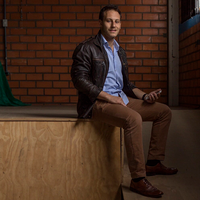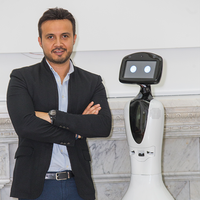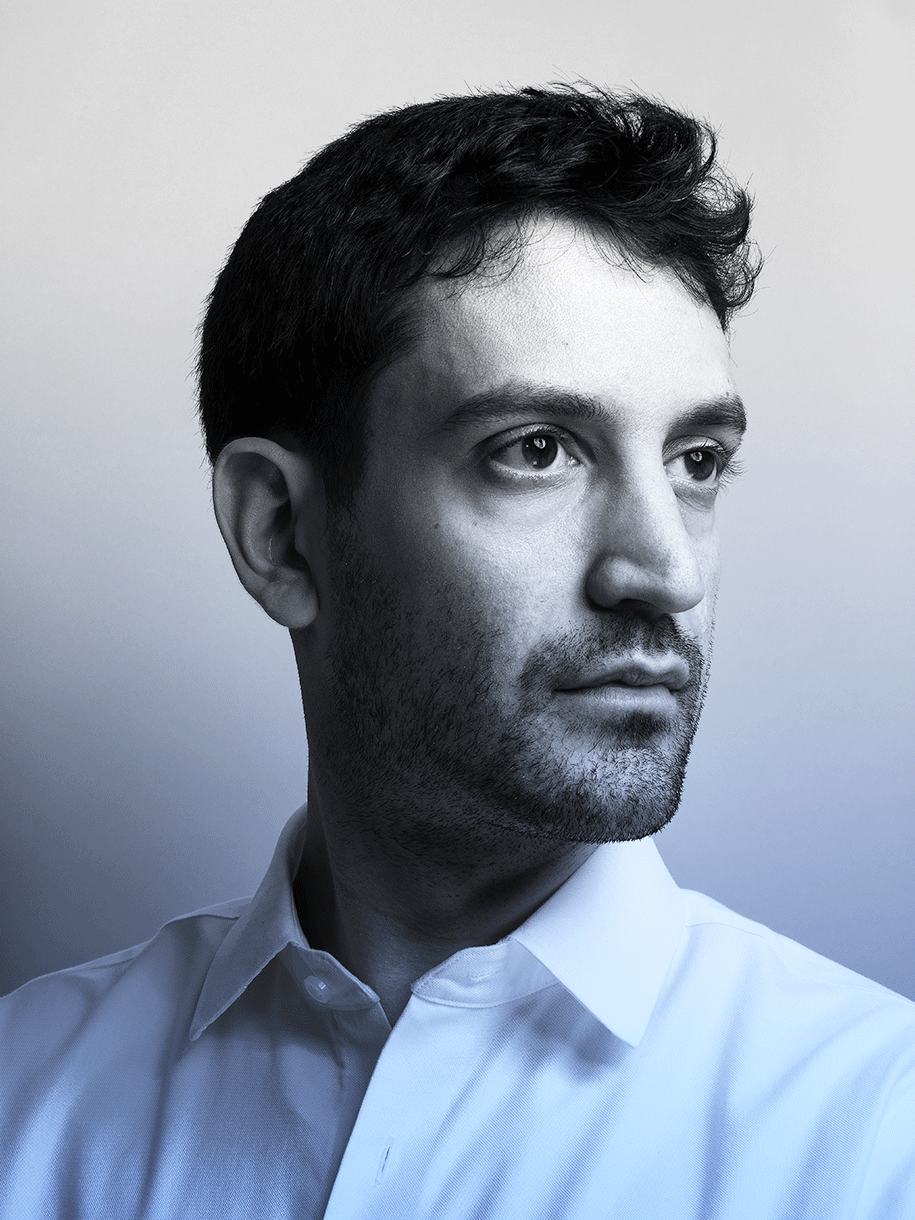Artificial intelligence & robotics
Brenden Lake
Getting machines to learn in the fast and flexible ways that humans can.

Latin America
Michael Kapps
His chatbots improve access to healthcare where medical resources are scarce but smartphones abound

Latin America
Aldo Luévano
His domestic robot will serve as a personal assistant for any person or company

Europe
Samantha Payne
Children without upper limbs are becoming superheroes with the inexpensive, personalised Hero Arms prostheses

China
Zhongyuan Wang
He is constructing the world’s largest food and entertainment knowledge graph to help people eat better and live better
